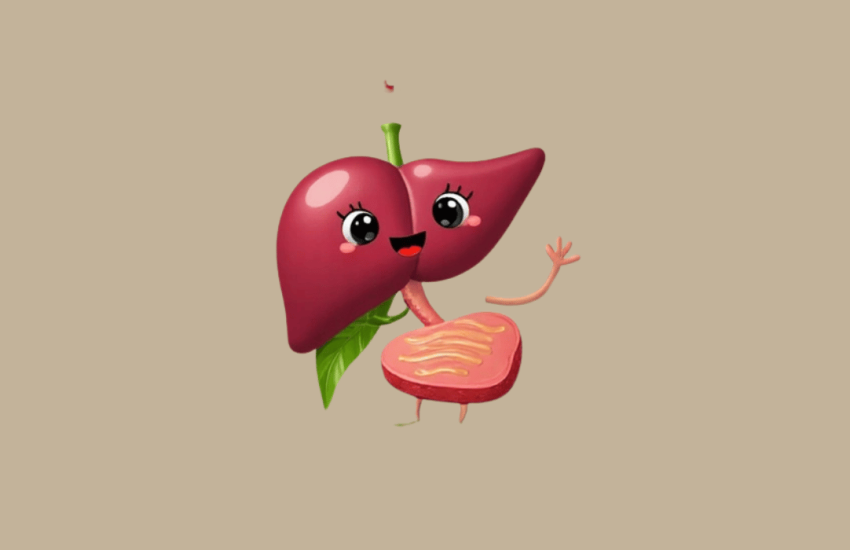Recognizing Stroke Warning Signs and Risk Factors for Early Prevention
Stroke is a serious medical condition that can significantly impact a person’s quality of life and overall health. Early recognition of stroke warning signs allows for immediate action, reducing the risk of severe complications. This article highlights ten crucial stroke warning signs, diagnostic tests, risk factors, and preventive measures to enhance recovery and overall well-being.
Early Stroke Warning Signs
Although strokes occur suddenly, warning signs may appear up to a month in advance. Here are key symptoms that should never be ignored:
- Numbness or Weakness: sudden weakness or numbness on one side of the body, including the face, arm, or leg.
- Confusion: Difficulty understanding speech, speaking, or forming coherent sentences.
- Vision Problems: blurred or impaired vision in one or both eyes.
- Loss of Coordination: sudden dizziness, trouble walking, imbalance, or lack of coordination.
- Severe Headache: A sudden, intense headache with no known cause.
- Facial Drooping: One side of the face appearing saggy or feeling numb.
- Arm Weakness: One arm feeling weak, numb, or unable to stay lifted.
- Speech Impairment: Slurred, garbled, or incoherent speech.
- Dizziness: Unexpected loss of balance or vertigo.
- Seizures or Fainting: unexplained seizure or loss of consciousness.
Experiencing any of these symptoms requires immediate medical attention, as early intervention can prevent severe outcomes.
Essential Stroke Diagnostic Tests
To accurately diagnose a stroke, medical professionals use the following tests:
- Physical Examination: A neurological assessment, blood pressure check, and heart evaluation help identify potential stroke indicators.
- Imaging Tests: CT scans or MRIs determine stroke type and location and rule out other conditions like brain tumors.
- Blood Tests: These identify stroke risk factors such as high cholesterol, elevated blood sugar, or clotting issues.
- FAST and B.E. FAST Tests: These quick evaluations help detect stroke symptoms:
- FAST: Face drooping, arm weakness, speech difficulty, time to call emergency services.
- B.E. FAST: Balance loss, eyesight issues, face drooping, arm weakness, speech difficulty, time to call for help.
- Cerebral Angiography: A test that identifies blockages or narrowed blood vessels in the brain.
Common Stroke Risk Factors
Several factors contribute to stroke risk. Recognizing and managing these can reduce the likelihood of experiencing a stroke.
- High Blood Pressure: The leading cause of stroke, high blood pressure can weaken brain blood vessels and cause clot formation.
- Heart Disease: Cardiovascular conditions increase stroke risk and complicate recovery.
- Smoking increases the likelihood of ischemic stroke by damaging blood vessels and promoting clot formation.
- Physical Inactivity: A sedentary lifestyle leads to obesity, high cholesterol, diabetes, and hypertension—all major stroke contributors.
- Genetics and Family History: A genetic predisposition to stroke can increase an individual’s likelihood of experiencing one.
Importance of Managing Stroke Risk Factors
Controlling stroke risk factors is essential for both prevention and improved recovery outcomes:
- Stroke Prevention: Managing high blood pressure, obesity, poor diet, excessive alcohol intake, and genetic risks can lower the chances of stroke.
- Reducing stroke severity: Even after a stroke, controlling these factors can minimize long-term damage and prevent future strokes.
- Overall Health Improvement: Adopting healthier lifestyle habits such as quitting smoking, maintaining a balanced diet, and engaging in regular exercise reduces stroke risk and enhances cardiovascular health.
Stroke Treatment and Immediate Care
Prompt medical intervention is critical in treating stroke effectively:
- Clot-Busting Medications: Depending on stroke type, doctors may prescribe aspirin or powerful thrombolytic drugs. These work best when taken within three hours of symptom onset.
- Hemorrhagic Stroke Treatment: If the stroke results from a ruptured blood vessel, medical professionals focus on stopping the bleeding and stabilizing the patient.
Conclusion
Understanding stroke warning signs, undergoing timely diagnostic tests, and managing risk factors can prevent severe health complications. Taking proactive measures significantly improves recovery chances and overall well-being. If you or someone you know experiences any of the listed warning signs, seek medical attention immediately to ensure the best possible outcome.


